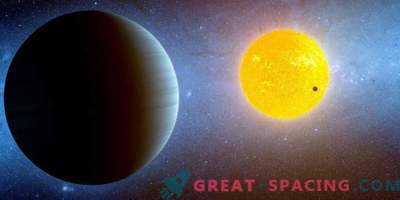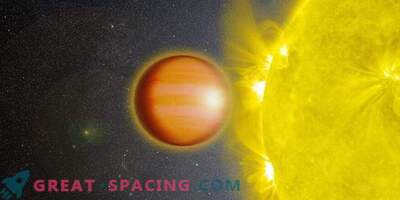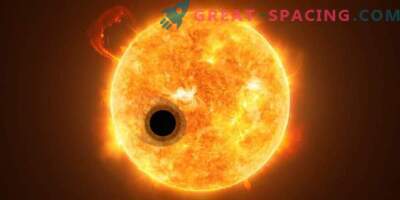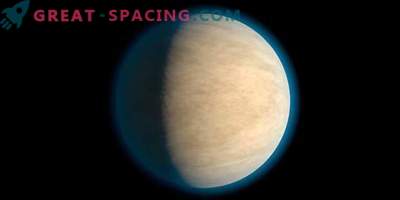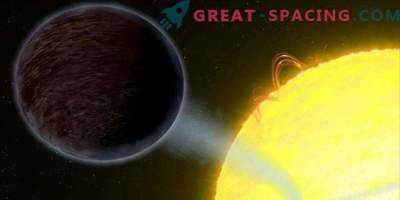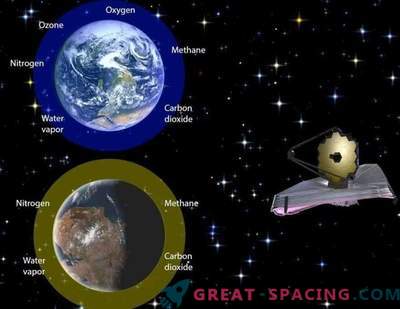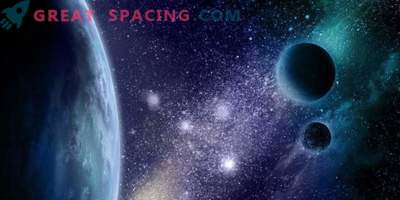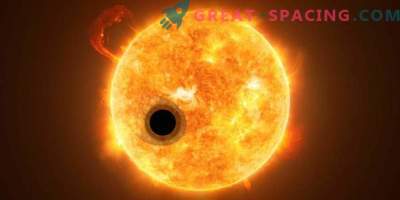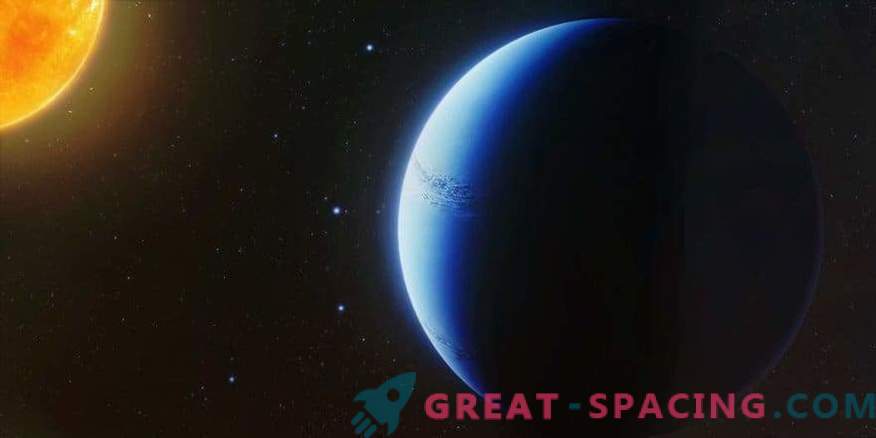
The artistic vision of the “hot Saturn” WASP-96b. The blue color is visible, as the sodium absorbs the yellow-orange color from the entire spectrum of the planet.
Scientists have managed to find a world whose atmosphere is free from cloud cover. This is a WASP-96b, whose atmospheric layer was studied using the 8.2-meter Very Large Telescope (Chile). The survey was conducted when the planet passed in front of a star, which made it possible to measure the decrease in starlight.
Atoms and molecules are endowed with a unique spectral characteristic that can be used to detect their presence in celestial objects. The WASP-96b spectrum shows a complete imprint of sodium, which is fixed only in an atmosphere free from clouds.
WASP-96b is a typical gas giant with a temperature of 1300 K. It is similar in weight to Saturn and exceeds the size of Jupiter by 20%. The star is 980 light-years distant from us. Clouds and haze are known to be present in some of the most incandescent and frosty exoplanets. The presence and absence of clouds plays an important role in the study of alien worlds. It is difficult to predict which of hot atmospheres will have dense clouds.
The absence of clouds in the WASP-96b allowed a clear study of sodium levels. The planet also helped determine the abundance of other molecules, such as water, carbon monoxide and carbon dioxide. Sodium is the seventh most common element in space. On Earth, sodium compounds (salt) give sea water a salty taste. And in the animal world, the element regulates heart activity and metabolism.
The team plans to study in detail the signatures of other elements using the Hubble and James Webb space telescopes.
